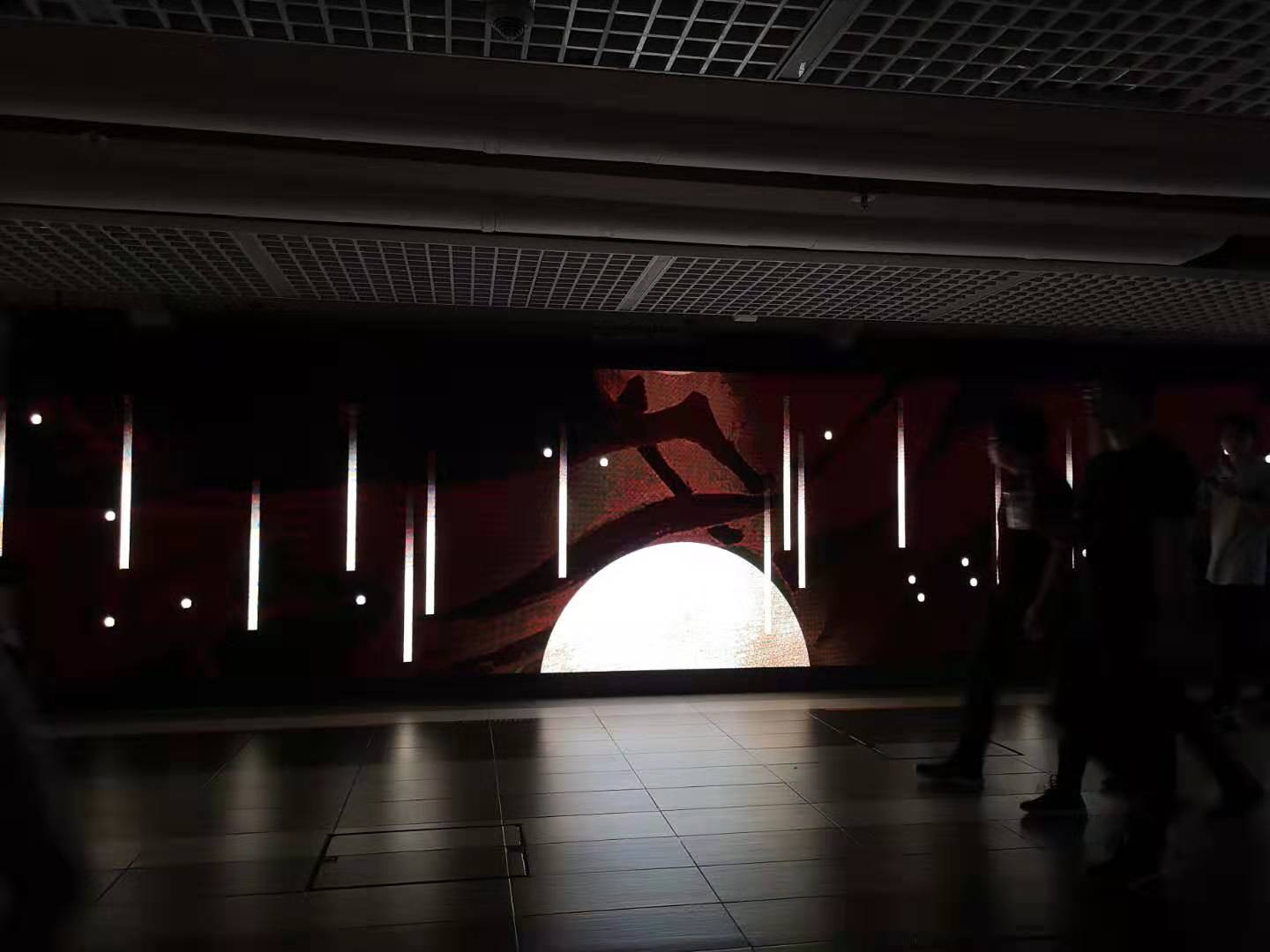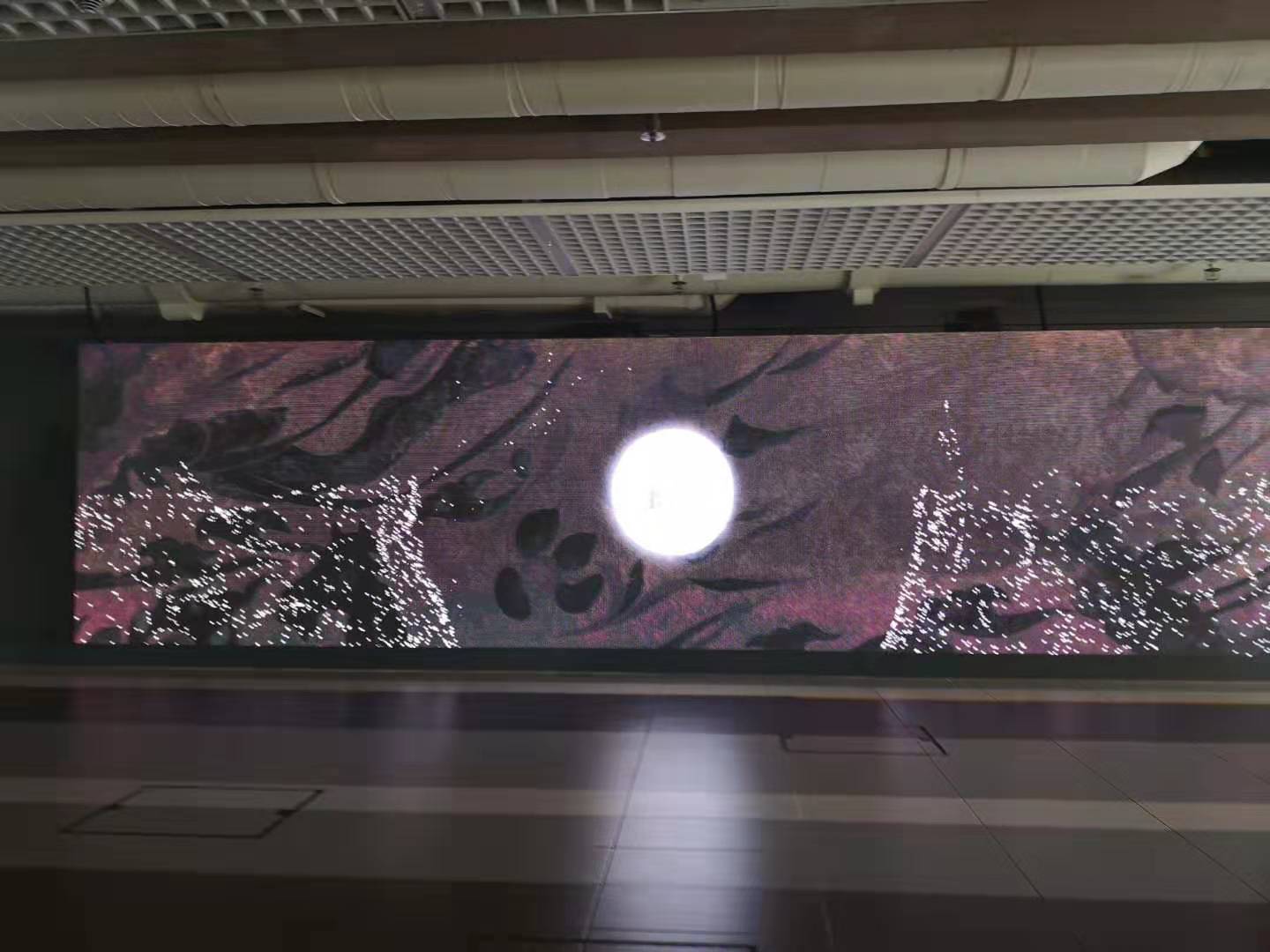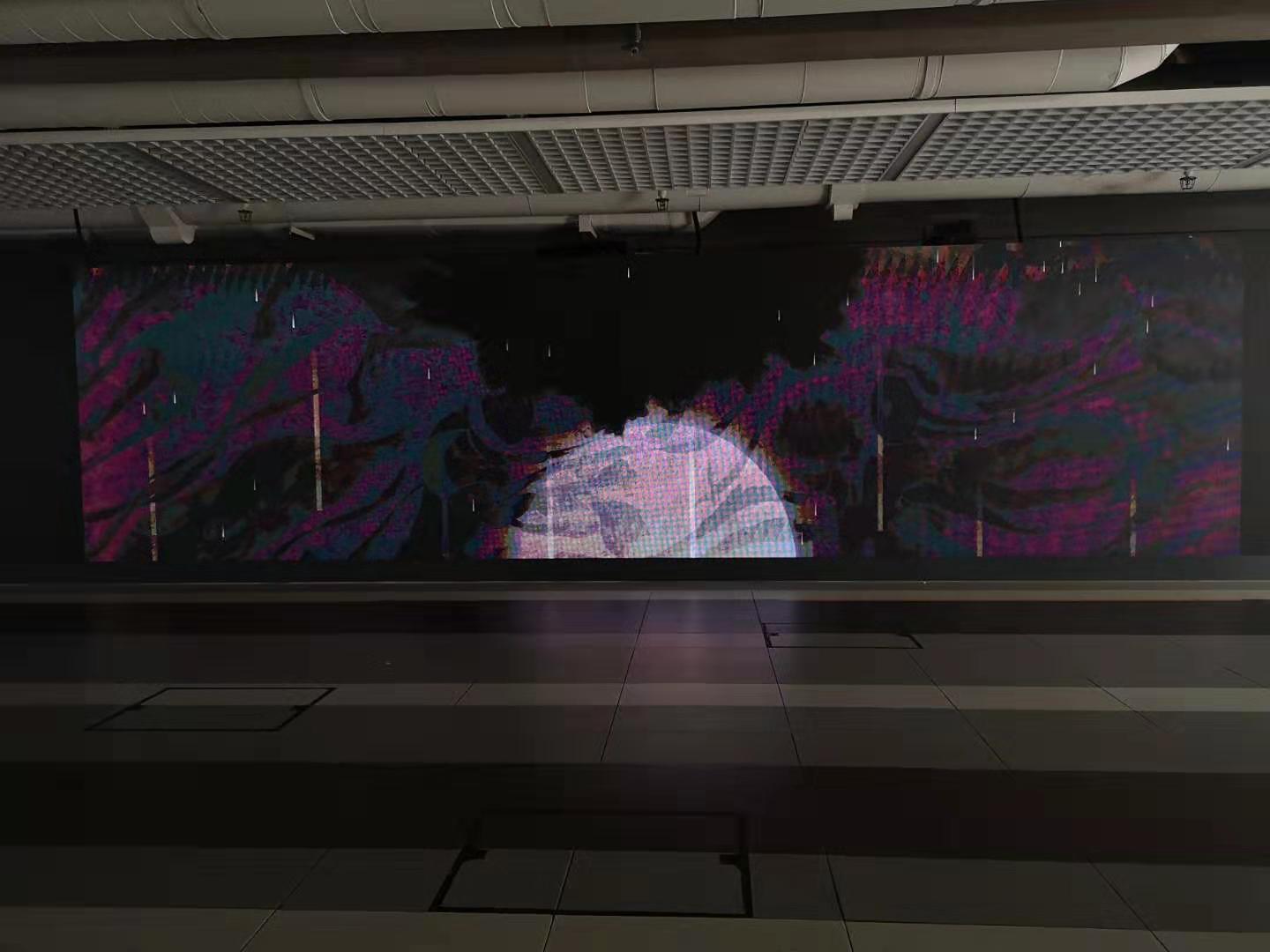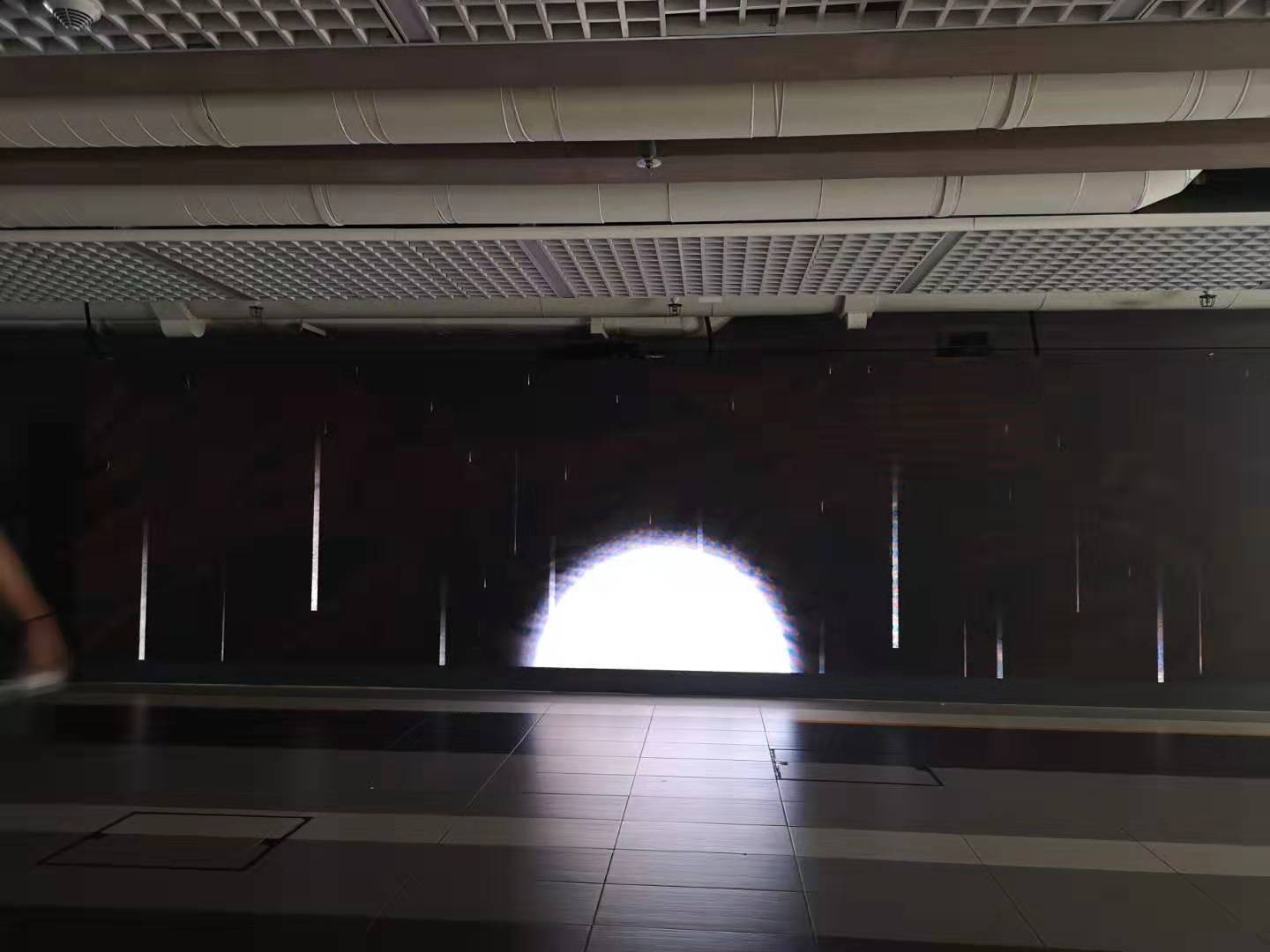Given the purview of past design movements which flowed with changing contexts (social, political, economic, scientific, technological, philosophical, environmental, etc), what could be a potential emergent design manifesto, ethos, movements, styles, trends or directions, which you could creatively adopt for your FYP/Graduation Project?
Introduction
With the development of technology, human beings now are in an advantageous but also chaotic era like never before. It lets the call of art taking social responsibilities being unprecedently urgent in today’s context, because the technological development has led moral boundaries to become blurred in all fields, but also, encouraging people to rethink about social norms. Currently, the feminism movement has stormed across the world, and in fact, it already existed in the early 1960s. In my opinion, think there is a “renaissance” on emphasizing humanistic care and human rights, and also an apparent trend that the function of art is shifting from offering visual pleasure to provoke social changes. This paper will explore the relationship between art and social responsibilities, as well as incorporating feminism into my final year project.
Social Responsibility and Feasibility of Art
In my opinion, art can bring social changes, rather than merely being the reflection. In art history education, what we have been mostly taught is that art “reflects” social changes, or it is a reaction to specific events, for example, the Dada movement being the reaction to the Second World War. However, a question came to my mind, while art is taking a relatively “passive “role in society, why can’t it be proactive? I do not mean that art should “starts” the war, but at least art can be a catalyst to social changes, would that work? After researching, I found that designer William Morris already applied this idea in the Arts and Crafts Movement. Although this movement is also a reaction to mass production, the primary purpose is to use art as a means to educate people to appreciate the beauty of products, hence creating a friendlier and happier society (Marsden). It was proved to be effective because he influenced many designers, and the mass production was no longer purely focus on the production but also pay attention to aesthetics and details.
In Morris’ time, the main issues are the mass-produced “ugly” product and deprived joyfulness of workers (Marsden); now, the problem has changed to commercialism, AI ethics and laws, and deprived human rights by technology. However, the root is the same: new technology changed society; hence, more issues emerged. Equal human rights (for example, joyfulness mentioned by William Morris) is the issue that people have always been fighting for throughout human history. Now the human rights of workers have already been solved, but nowadays, women’s human right is under the risk. Having Arts and Crafts Movements happened in between the first and second industrial revolution, we are now in between the third and fourth industrial revolution. Both at the stage of inventing and adopting new technologies, the issues of inequality today are just as serious as the mass-produced products, and the arts and crafts movement has made a good precedent for today.With little artificial intelligent at Morris’ time, the art movement has already been very active, let alone the speedy technological development today. Therefore, it allows me to think about how to make use of technology, bringing more interactive ways to advocate feminism in the mean of art.
Why feminism?
Inequality has always existed because society is used to the status quo; stereotypes are seen as “natural,” hence, the real issue became “invisible.” (Nochlin). The development of technology has changed the social division, allocated more resources to women, just like how the industrial revolution offered more jobs, which encouraged women to work rather than being housewives. The first feminist art movement started in the 1960s. Its significant achievements include: the US Supreme Court gave women the right to use birth control; Title IX (federal civil rights law) gave women the right to educational equality, and in 1973, Roe v. Wade guaranteed women reproductive freedom. I was surprised that the educational right that I took for granted was not insured for women 50 years ago, which proves that there is still a long way to go for equal rights.
In today’s context, there are more and more new issues than birth controls; one of the most prominent ones is workplace sexual harassment, which later led to the #Metoo movement around the world. Nevertheless, the critical difference of the Metoo movement is that it not only takes the form of protesting on the street, but it also takes place online. For example, the hashtag #Metoo on Twitter and Instagram, more and more women are standing out to share their stories. The deeper reason is that the prevalence of the Internet allows women’s voices to be heard; sexual harassment happened in the workplace cannot be kept “inside” anymore. It is an excellent example of making use of new technology, and indeed, every movement is associated with technological development as the background, because it empowered the minority.
Case Study
There is a group of feminist artists who wear Guerilla masks called Guerilla girls. They established in 1985, the main goal is to challenge how museums only present male artists’ works (Milbrandt), but now they are still active and playing a part in the Metoo movement, too. The reason that I took them for inspiration is that they are very proactive, and the way of using the mask to grab visual attention and challenge social norms is creative; it also challenges the stereotype of girls being “beautiful” in an objective way. Also, the mask allows an anonymous form of free speech, making people focus on the issue itself rather than individual artists. They do not do street protests. However, they protest in a visual-attracting way, they re-created the museum label for an artist who was accused of sexual harassment in Metoo movement, I think this is much more effective and memorable for the public, and also, artwork exists forever.
Approach
I could take inspiration from the Guerilla girls, re-creating some objects to challenge social norms. I should also include new technology to make my work more interactive. For example, it could be an online game with strong visuals.
However, the associated issue is the Internet allows women’s voice to be heard but is that fair to those are computer-illiterate? I also need to consider this factor when designing the game.
Conclusion
Although with many the legislation made, the discrimination still exists between culture, race, and the list goes on. Nevertheless, what we can do is to keep fighting, I would use a quote from Emma Watson to conclude this paper:” If not me, who? If not now, When?”
Bibliography
Marsden, Gordon. “William Morris: Art and Idealism.” Marsden, Gordon. Victorian Values : Personalities and Perspectives in Nineteenth-Century Society. Routledge, 1998. 15-21.
Nochlin, Linda. “Why Have There Been No Great Women Artists?” Nochlin, Linda. Women, Art, And Power And Other Essays. New York: Routledge, 1988. 145-169.
Milbrandt, Melody K. “Understanding the Role of Art in Social Movements and Transformation.” Journal of Art for Life (2010): 7-18.
William J. Norton, Jr. “Modern Art and Social Responsibility.” The Journal of Philosophy (Vol. 37, No. 12, Jun. 6, 1940): 325-332.
Chave, Anna C. “The Guerrilla Girls’ Reckoning.” Art Journal (Vol. 70, No. 2, SUMMER 2011): 102-111.























































